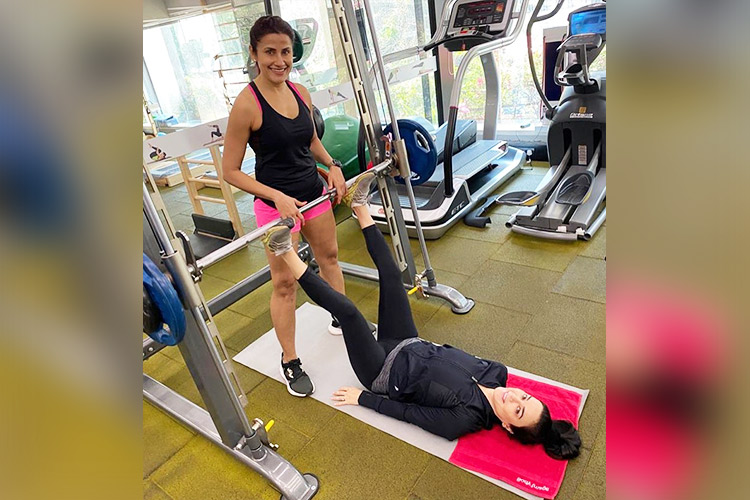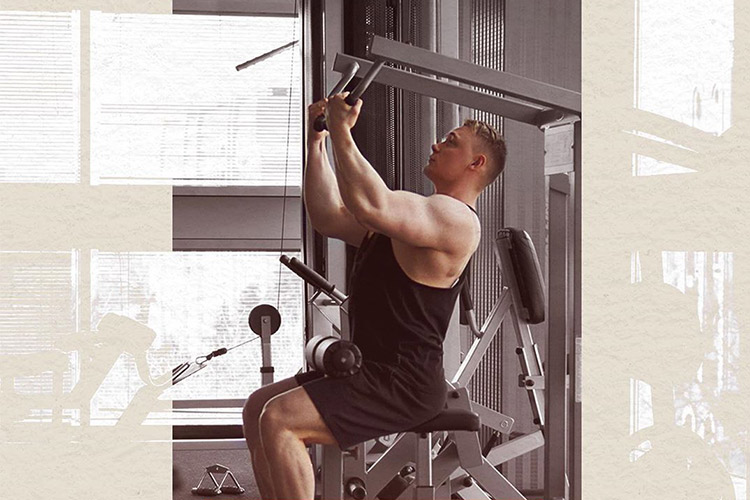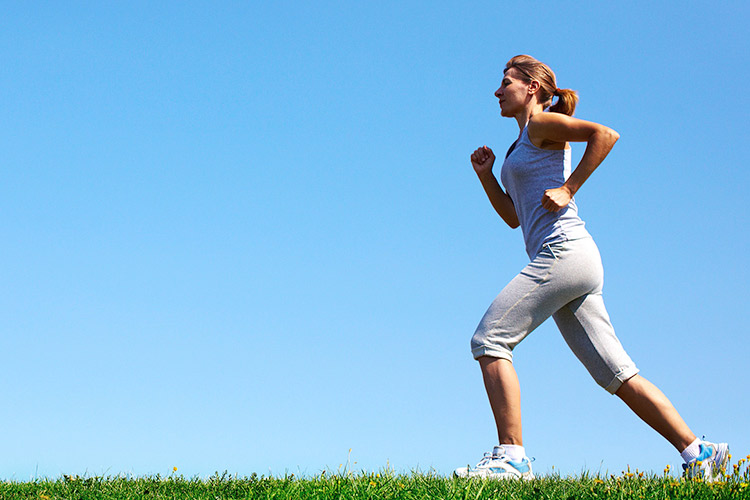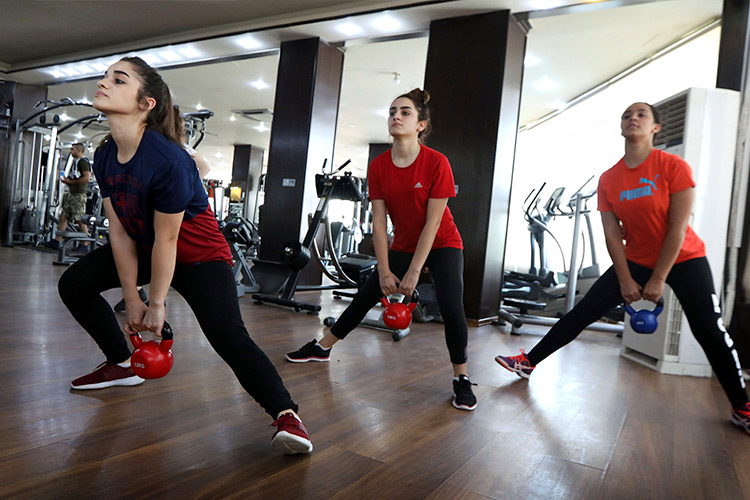How to Use Weight Machines in Your Gym

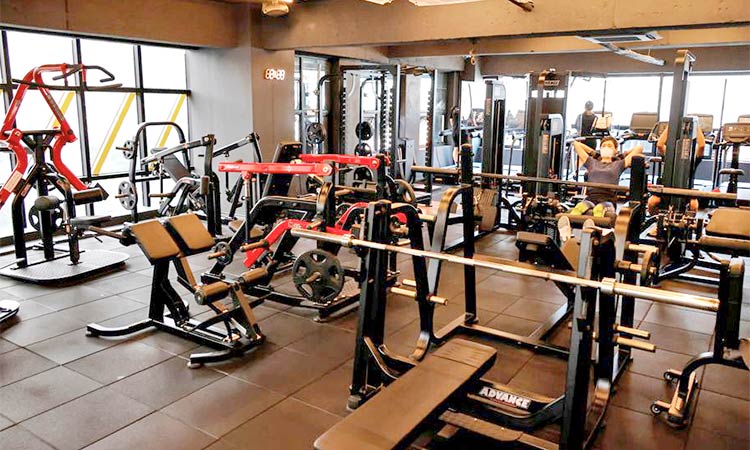
Image used for illustrative purpose only.
Technique is very important when it comes to working out. There is a thin line between being effective and injuring yourself. Knowing the right adjustment of machines and how to do the movements properly will greatly affect the effectivity of your workout. Here are some machines we usually encounter in the gym setting.
Seated Leg Press
Step 1: Sit on the machine, positioning your back and sacrum (tailbone) flat against the machine’s backrest. Place your feet on the resistance plate, toes pointing forward and adjust your seat and foot position so that the bend in your knees is at approximately 90 degrees with your heels flat. Lightly grasp any available handles to stabilise your upper extremity. Contract (brace) your abdominal muscles to stabilise your spine and be careful to avoid movement in your lower back throughout the exercise.
Step 2: Exhale while pushing forward contracting your glutes, quadriceps and hamstrings. Keep heels flat against the resistance plate and avoid any movement in the upper extremity.
Step 3: Continue extending your hips and knees until the knees reach a relaxed, extended position, with the heels still pressed firmly into the plate. Do not hyperextend (lock-out) your knees and avoid lifting your butt off the seat pad or rounding out your lower back.
Step 4: Pause momentarily, then slowly return to your starting position by flexing (bending) the hips and knees, and allowing the resistance plate to move towards you in a slow, controlled manner.
Image used for illustrative purpose only.
Seated Chest Press
Step 1: Sit with your back firmly supported against the backrest. Adjust the seat height so that the handles are around chest level and the handles are positioned no deeper. Grasp the handles firmly and maintain a neutral wrist position (wrists in line with your forearms). Position your feet firmly on the floor or on the foot rests to stabilise your body. Stiffen your abdominal muscles to stabilise your spine, but do not press your lower back into the backrest. Maintain the natural arch in your lower back and avoid arching your back throughout the exercise. Pull shoulders back and down and attempt to hold this position throughout the exercise.
Step 2: Gently exhale and slowly perform a pressing movement, extending your elbows in front, while maintaining a neutral wrist position, and keep your head aligned with your spine while avoiding any arching in your lower back.
Step 3: Continue pressing until your elbows are fully extended, but not locked. Your shoulder blades should continue to make contact with the backrest and not round or bend forward. Pause momentarily then gently allow your elbows to flex in a slow, controlled manner while returning the bar back towards the starting position. Repeat the movement.
Image used for illustrative purpose only.
Seated Lat Pull Down
Step 1: For your starting position sit on the machine, anchor your lower extremity by adjusting the thigh pad to fit firmly against the top of your thighs. Stiffen your abdominal muscles to stabilise your spine, and attempt to avoid any arching of your lower back throughout the exercise. Reach up to grasp the bar, firmly gripping it with both hands. While your arms are extended overhead, depress and retract your scapulae (pull shoulders back and down) and attempt to hold this position throughout the exercise. Lean back slightly (no more than a 30 degree angle), using your legs to support your body. Keep your head aligned with your spine.
Step 2: Slowly exhale and initiate the downward pull by first depressing (lower) your scapulae, then pulling the bar downward towards the top or mid-section of your chest. Attempt to pull in a motion that drives your elbows directly down towards the floor, bringing your elbows towards the sides of your torso. Avoid any additional backwards lean during the pull movement.
Step 3: Continue pulling until the bar nears or touches your chest, or more importantly, you observe your elbows no longer moving downward, but now beginning to move backwards. Avoid any further pulling as this places additional stresses into the shoulder joint. Repeat the movement.
